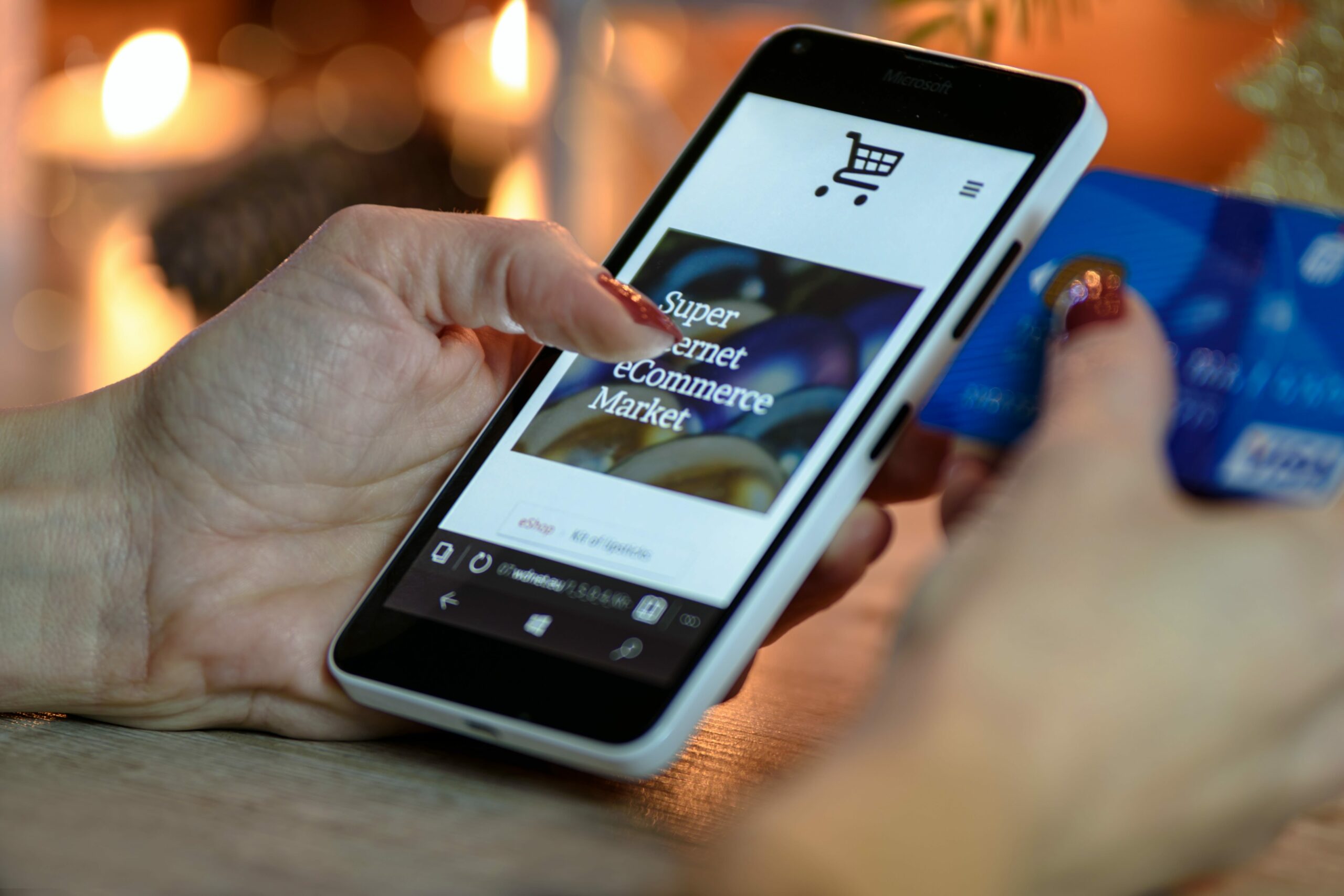One trend that has defined marketing in recent years is direct-to-consumer. Across the world, we’re seeing a clear shift away from big, centralized e-commerce giants to a model where customers purchase their goods directly from the manufacturer.
The numbers are impossible to ignore. In 2020, D2C e-commerce sales in the U.S. hit $111.5 billion. By 2023 they’re projected to reach nearly $175 billion. In the UK, D2C sales by British manufacturers reached £96 billion in 2020, which is predicted to surpass £120 billion by 2023.
The D2C trend isn’t restricted to Western countries, either. China’s D2C market is expected to grow to more than 122 billion yuan by 2024.
The reasons for a D2C surge
What’s happening here? We can identify a few driving causes. People are more in love with online shopping than ever before, a trend that was already in place and was accelerated by the pandemic. On top of that, D2C offers customers an opportunity to save money, both on product costs and shipping.
And buying directly from the manufacturer helps people feel a stronger connection to their seller. Instead of buying from a big, faceless corporation (which may have questionable moral values), consumers can now support their favorite brands and products by shopping directly with these brands, removing the middleman and giving these brands a greater share of the profits.
Shipping advancement and expectations are also key components to this trend. Thanks to our friends at Amazon, the ‘2-day’ shipping movement has become both a norm and expectation. Brands successfully selling directly to consumers online have effectively tapped into this shipment infrastructure while appeasing their customers’ shipping expectations. “Why run to the department store when I know my purchase will show up at my doorstep in two days (or sooner)!” – Today’s consumer often says.
But perhaps the biggest reason for the D2C surge is due to advancements in marketing and the costs required to participate. Companies can now target their potential customers much more effectively and efficiently than ever before, across a wide range of media. In this article, we’ll look at how media targeting advancements are helping drive this D2C trend all over the world.
How targeting advancements are driving D2C sales
Directly target your audience
A big part of D2C’s success is that it allows brands to connect with their customers without relying on major third-party stores. However, this is only possible if brands can directly and effectively reach their audience with ads, and this is only possible with advanced media targeting.
Today, brands can harness the wealth of data available online to accurately target their customers with ads on a wide range of platforms like Meta (Facebook), Google, and TikTok, to name only a few. This wasn’t possible in the past and allows brands to step away from their reliance on major e-commerce platforms to start building their own direct customer base.
Use widely available data to refine marketing
Developments in media targeting allow brands to do much more when it comes to fine-tuning their marketing.
This trend has been in place for a while. When people started shopping online in ever-greater numbers, this led to a wealth of data becoming available for companies. It became possible to view data on how customers do research, purchase items, and their loyalty to certain companies. This allowed companies to target customers more accurately, for example by focusing on those who were close to making a purchase. We call this a data supply wheel. More shoppers, more shoppers lead to more data, more data leads to better targeting, better targeting leads to more shoppers.
Another example is retargeting — singling out customers who have already viewed your ads in the past and sending them new, tweaked ads, perhaps with a discount or offer like free shipping. This can be an extremely useful way to give almost-decided customers a final little nudge to take them to a buying decision.
There are many other ways today’s D2C marketers can use data to improve their targeting and marketing in general. By analyzing past results with more clarity, you can extract new insights that help you target more efficiently and effectively in the future.
Greater personalization
Personalization is a huge part of D2C. It’s all about connecting with a brand’s target audience and showing them that you’re more than just an anonymous brand — you’re a real, human company and want to build a relationship with them.
Advancements in targeting technology have made it possible to personalize your advertising much more effectively. One example is using customer data to segment your audience and build personalized landing pages for each demographic of your audience. Done right, this will help you build stronger connections with your customers and drive up conversion rates.
Household targeting
Targeting household units instead of focusing on individuals is gaining popularity among marketers for various reasons. It’s not only more ethical and compliant with data privacy regulations, but it’s also more effective in many ways, delivering more accurate messaging without overwhelming audience members with ads.
Many big e-commerce mediums such as Amazon are already using household targeting, but D2C retailers can also benefit from this trend, connecting with their customers more effectively and building their own online presence.
Driving customers to brick-and-mortar retail
While D2C can be an incredibly successful way to connect with your audience and grow your brand online, it isn’t always enough to replace more traditional retail channels. Many brands still need to build and maintain a presence in retail, and media can be a great way to achieve that.
As an example, let’s take a look at a D2C challenger brand, oral care brand Lumineux. Lumineux had a great deal of early success in D2C, but the majority of oral health care products are purchased at retail. As a result, Lumineux had to quickly expand into traditional retail channels. Here are some of the ways we helped Lumineux achieve this:
- Drove Lumineux’s D2C customers to a specific “find-a-retailer” landing page, aimed at showing customers the retailers near them
- Used a media campaign to target consumers in the vicinity of each store
- Used search, paid social, CTV, and a range of other tactics
- Focused on the geographic areas with the greatest opportunities for sales
By leveraging this strategy, brands can supplement their D2C success with retail success, too, growing their presence across multiple channels and building a healthier and more well-rounded business.
The D2C trend represents the start of an incredibly exciting new era in digital marketing and e-commerce in general. Brands are finally building the capabilities to strike out on their own without depending on enormous platforms, and their customers are frequently supporting them in these efforts.
To succeed in D2C as well as in retail, brands must use advanced audience targeting to its maximum potential. At Generator Media + Analytics we support brands to exceed their sales goals whether on-shelf in their customer’s favorite retailer or within their virtual store-front. Get in touch to find out more.



